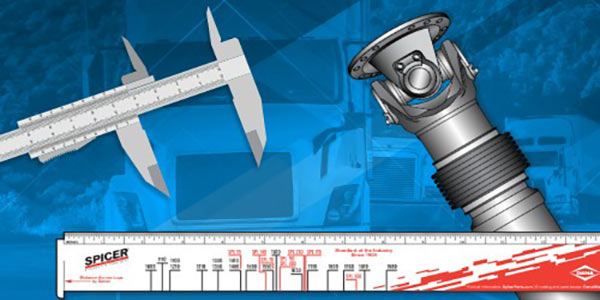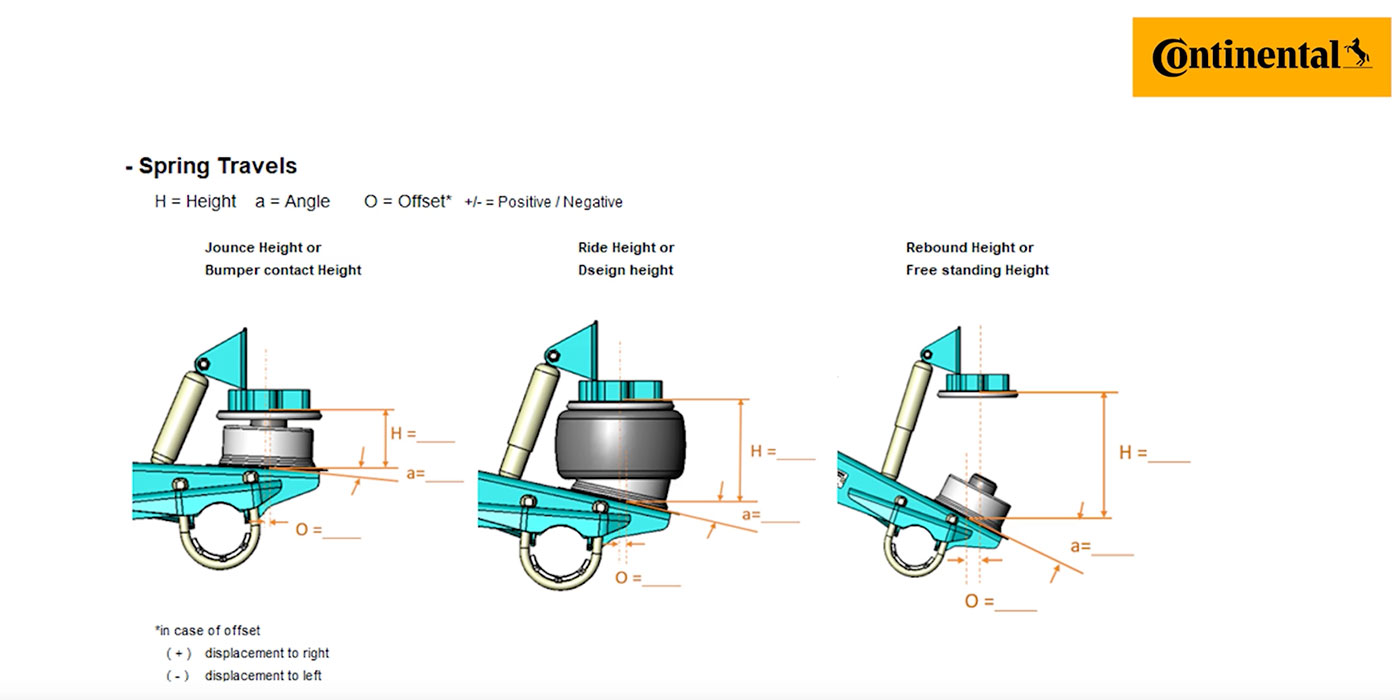
Fuel is one of the biggest cost centers for most fleets. In fact, it accounts for 22% of a fleet’s total average marginal costs, according to the American Transportation Research Institute. Not only does fuel represent a major cost, but historically fuel prices have been volatile, making it difficult for fleets to predict what fuel will cost them from one year to the next.
There already is concern that the upcoming IMO 2020 changes to marine shipping will have an adverse impact on the price of diesel fuel. The International Maritime Organization has issued a new ruling that as of January 1, 2020, the sulfur content in fuels used for ships must be down to 0.5% from today’s level of 3.5%. This means ships and trucks will be vying for the same fuel and as a result prices are apt to rise as demand increases.
While the trucking industry can’t do anything about the price of fuel, there are many things that can be done to make trucks operate in a more fuel-efficient manner. Improving aerodynamics is a good place to start. There are a host of aero devices on the market — trailer fairing, chassis skirts, trailer rear devices (boat tails), tractor gap devices, aerodynamic bumpers, aerodynamic mirrors, roof fairings, wheel covers, vented mudflaps, vortex generators, and trailer underbody devices — available to help fleets reduce the aerodynamic drag on the tractor and trailer. Eco Flaps, FlowBelow and Wabash are some of the companies that offer aerodynamic devices to reduce fuel consumption.
Managing tire pressure is another way to improve fuel economy. Tires that are underinflated by 10 psi below recommended air pressure can reduce fuel economy by as much as 1%. Devices manufactured by companies such as Aperia and Pressure System International are on the market today that alert drivers when tire pressure is low, and in some cases will automatically inflate tires to the proper pressure.
An idling truck consumes about 0.8 gallons of fuel per hour and a typical long-haul truck will idle about 1,800 hours per year. Not only is idling expensive, but many areas of the country have enacted no-idle laws that prohibit idling for more than five minutes. Bergstrom, Eberspaecher, Carrier Transicold, DClimate, Idle Smart, Phillips & Temro and Webasto include the growing number of companies that manufacturer diesel APUs, battery HVAC systems, and fuel-operated/diesel-fired heaters — all of which help fleets control idling.
There are a variety of ways to reduce fuel consumption. Many of the leading suppliers of fuel-savings technologies will be on hand at the NACV Show 2019 from Oct. 28-31 in Atlanta. Come to the show and see which options make the most sense for your fleet.
This article was sponsored by the North American Commercial Vehicle Show (NACV Show). For more information about the NACV Show and how to attend, visit www.nacvshow.com/attend.













